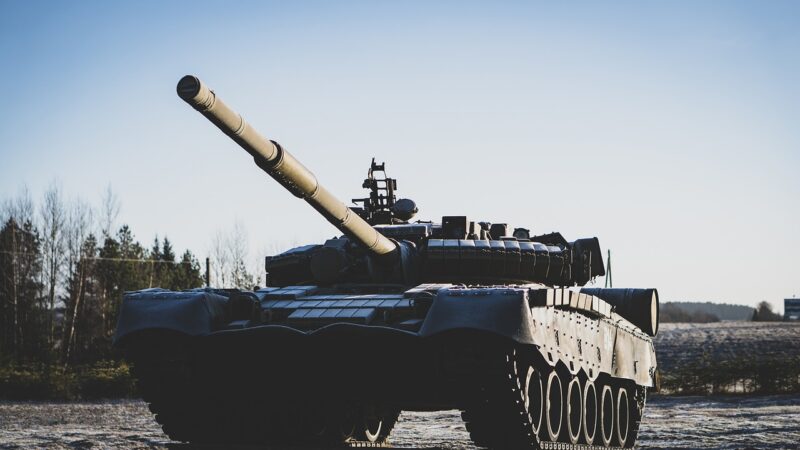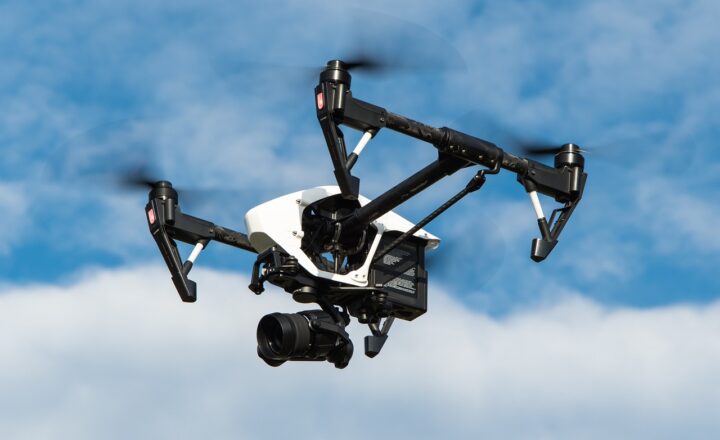Why Some Tanks Are Virtually Indestructible: The Secrets of Modern Armor
November 11, 2024

Tanks have long been the backbone of ground warfare, designed to withstand heavy fire while delivering devastating firepower. In recent years, the engineering behind tank armor has advanced to a point where some modern tanks are practically indestructible. This article delves into the cutting-edge technologies and engineering principles that contribute to making certain tanks impervious to the most advanced weaponry.
1. The Evolution of Tank Armor
Tank armor has evolved significantly since the early 20th century, moving from simple steel plates to sophisticated multidimensional systems designed to stop a vast array of projectiles. The first tanks of World War I featured basic riveted armor designed to fend off small arms fire. Modern tanks, however, incorporate layered armor systems that utilize various materials and technologies.
– Historical Context: The advancements through World War II with tanks like the Sherman and Tiger led to the introduction of sloped armor, which redirected incoming shots, minimizing damage.
– Cold War Innovations: The development of composite armor, which integrates materials like plastics, ceramics, and metals, began in the late 20th century, allowing for a lighter yet more resilient defense.
Current tanks, such as the American M1 Abrams and the Israeli Merkava, exemplify the next generation of armor that effectively integrates these historical advancements with modern engineering.
2. Composite Armor: The Game Changer
Modern tanks often utilize composite armor, which is a combination of different materials layered together to absorb and dissipate the energy from incoming rounds. Here’s how it works:
– Layering Techniques: Tanks like the M1 Abrams make use of layers of armor made from ceramics, metals, and polymers. This structured layering system distributes the shockwave from a projectile, preventing penetration.
– Weight Efficiency: Composite materials are lighter than traditional steel armor, allowing tanks to maintain mobility without sacrificing protection.
– Resilience Against Modern Threats: Composite armor can be tailored to withstand specific threats, such as anti-tank missiles and Explosively Formed Projectiles (EFPs), that conventional steel armor wouldn’t withstand effectively.
By making use of advanced composites, modern tanks can maintain a balance between mobility, firepower, and protection.
3. Reactive Armor: Defense in Action
Reactive armor represents another major advancement in tank protection. Rather than just absorbing the energy from a fired projectile, reactive armor actively reacts to it.
– How Reactive Armor Works: This system employs explosive plates attached to the tank’s outer armor. When struck by a projectile, the explosive charge detonates, neutralizing the projectile’s kinetic energy before it can penetrate into the vehicle.
– Dynamic Performance: Reactive armor can significantly reduce the effectiveness of high-explosive anti-tank (HEAT) rounds, making tanks even less vulnerable in the battlefield.
– Limitations and Challenges: While reactive armor is highly effective against certain types of munitions, it is less effective against kinetic energy penetrators, which introduces ongoing innovation in tank design and armor technology.
Through continuous refinement, tank developers are finding new ways to incorporate reactive technology into armor designs to enhance battlefield survivability.
4. Active Protection Systems (APS): A New Frontier
Active Protection Systems (APS) represent the cutting edge in tank armor technology, designed to detect and neutralize incoming threats before they make contact with the tank.
– How APS Works: These systems use radar and sensors to identify incoming projectiles, and then deploy countermeasures such as small projectiles or explosives to intercept them in-flight.
– ‘Invisible’ Defense: This technology essentially transforms the tank into a mobile fortress by creating an enveloping shield, significantly increasing its defensive capabilities.
– Integration with Existing Systems: Many modern tanks, like the Israeli Trophy system on the Merkava, combine APS with traditional armor methods, offering multiple layers of defense.
The active protection technology continues to evolve, making tanks increasingly resilient against threats that would be impossible to defend against through passive means alone.
5. Future Technologies: The Next Generation of Tank Protection
As technology progresses, the future of tank armor will likely include even more innovative solutions. Some potential developments include:
– Nanotechnology: Future tanks might employ nanomaterials and coatings at the atomic level that can change their properties according to threats, offering unparalleled levels of protection.
– Self-Repairing Materials: Imagine armor that can ‘heal’ itself after being hit, maintaining its protective capabilities in real-time.
– Laser Defense Systems: Future tanks may incorporate Directed Energy Weapons (DEWs) to neutralize threats, adding another layer to their defense strategies.
The ongoing research and development in armor technology hint at a future where tanks are not only more difficult to destroy but may also redefine battlefield engagement entirely.
Conclusion: The Indestructible Tanks of Tomorrow
The combination of composite armor, reactive systems, and active protection technologies has created a new generation of tanks that are virtually indestructible upon the modern battlefield. As we look towards the future, these advancements will likely evolve even further, ensuring that armored vehicles can withstand the increasingly sophisticated weapons of future warfare. The continued quest for the ultimate in tank survivability highlights not just innovations in materials science, but also shifts in military strategy, underscoring the vital role that armored vehicles will continue to play in combat operations.
Whether it is the battlefields of today or the conflicts of tomorrow, understanding the secrets behind modern tank armor provides insights into not only the capabilities of military vehicles but also the future of ground warfare itself.








